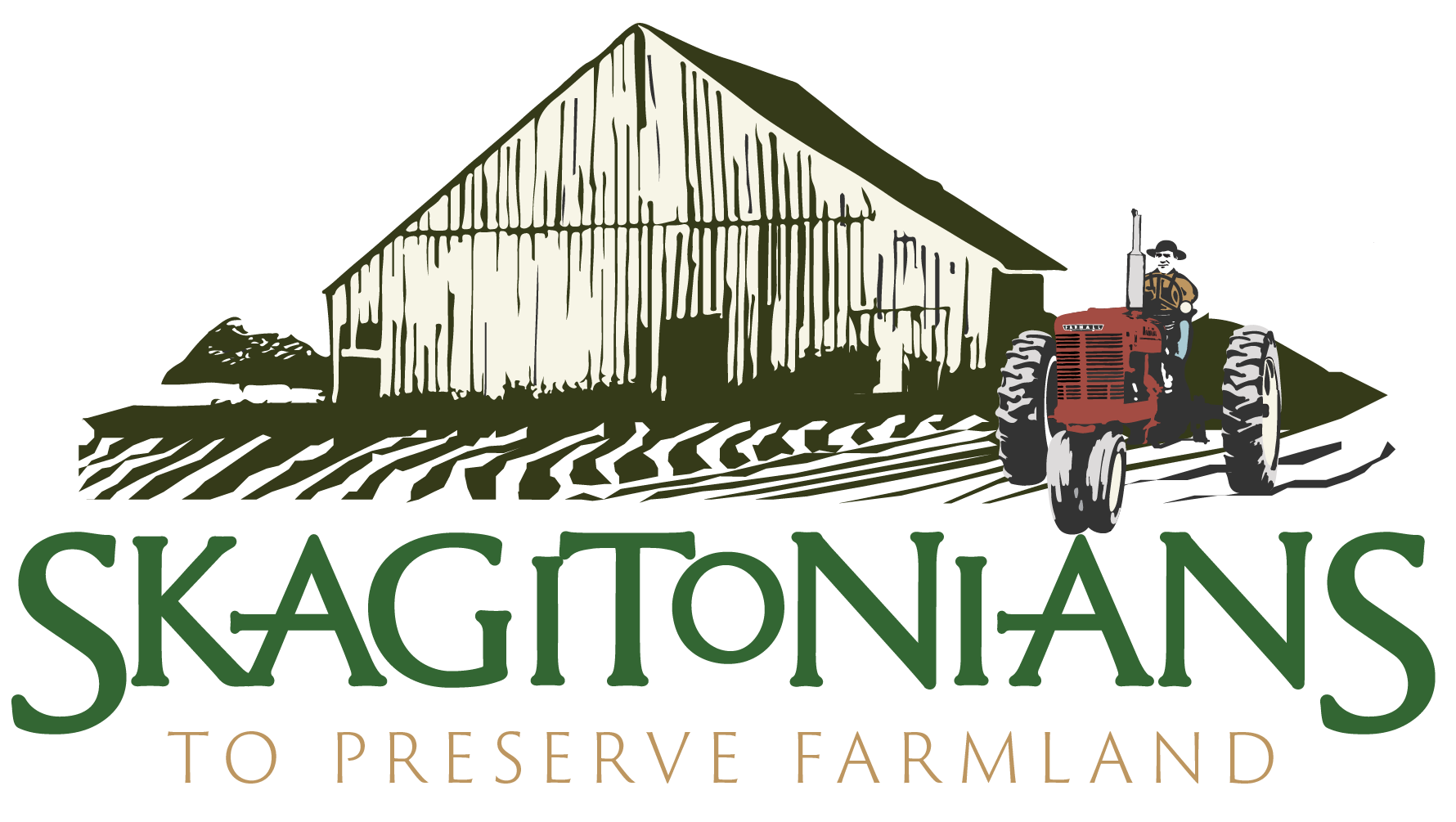Tilling the Soil Less
Protecting soil might be farmers’ top priority. Skagit farmers, fortunately, depend on famously good soil. Taking it for granted could spell disaster, though.
Caring for the soil takes many forms. One way to build and maintain soil health is through reduced-tillage practices.
Doug Collins, a soil scientist and extension specialist with Washington State University – Puyallup, describes an entire continuum from frequent, intensive tillage at one end and no-till practices at the other.
Agreeing on definitions is not always easy, but conventional intensive tillage uses a moldboard plow or disc plow to invert soil at a depth perhaps 8 to 12 inches. Conservation tillage reduces that depth to 2 to 8 inches and leaves at least 30% of the soil covered with residue from the previous crop. Reduced-tillage practices also include tilling less frequently. No-till techniques only disturb the soil enough to plant a seed into the ground, typically using a seed drill or cutting coulter.
Collins encourages finding a system “that works without being too dogmatic about no-till.”
During the dust bowl of the 1930s, interest in controlling soil erosion attracted national attention. One agriculture expert, Edward H. Faulkner, advocated giving up plowing in favor of shallow discing. Faulkner’s book Plowman’s Folly gained a wide readership and followers (even as it also attracted critics).
In 1953, the first no-till planter was invented. Although that first effort was a commercial failure—International Harvester only sold 23 of the 50 machines it manufactured—progress continued in successive decades.
The rise of herbicides allowed large-scale no-till agriculture to develop. A farmer might rotate soybeans and wheat, for example, and leave the crop stubble. This added organic matter to the soil, which is a key element for those who advocate for reducing tilling. Then, they would pass the field with herbicides. Then, using a seed drill, they would plant the next crop.
Besides preserving the residue, this conventional no-till approach reduces the number of passes a farmer needs to make in a field, which saves fuel and labor costs.
Most farmers seeking lower tilling solutions, however, do so for additional reasons, including ecological ones.
Matt Steinman of Foothills Farm in Sedro-Woolley explains it like this: “The whole idea, I think, of true no-till ecological regenerative farming is you’re mimicking a forest. You’re doing as little disturbance as possible, adding as much organic matter as possible.” Steinman, who earned Skagitonians to Preserve Farmland’s Our Valley Our Future Innovation in Agriculture Award in 2022, thinks about the entire system in a full-circle way.
Disturbing the soil less, or not at all, has multiple potential benefits.
Exposing soil makes it vulnerable to erosion and greater runoff, some of the main reasons to reduce tillage.
Turning over the ground also dries the soil faster, so keeping more organic matter available helps soil retain water. A commonly cited statistic is that increasing organic matter by 1% can result in up to 25,000 gallons of soil water per acre. Of course, this depends on soil types and what the organic matter is, but such a statistic suggests potential conservation available by leaving the residue in place.
Soil scientists and farmers continue to learn the importance of soil microorganisms for cycling nutrients in the soil. Tillage disturbs this soil microbiome and can reduce soil functioning.
Carbon is also sequestered in soil, so reduced-tillage methods play a role in fighting climate change. “Carbon dioxide concentration in the soil atmosphere is much higher than it is in the regular atmosphere,” said Collins. Tilling the soil releases that into the atmosphere. In addition, over the next two weeks, Collins and his research team has found, there are higher respiration rates for the soil microorganisms. “Tillage makes available carbon that’s in the soil to bacteria and fungi, which are the primary decomposers. . . . Then you see a spike in microbial activity that is basically them digesting soil carbon.”
Those are several important advantages to cutting back on tillage frequency and intensity.
Despite all these benefits, reduced-tillage farming is no cure-all.
One of the biggest challenges is weeds. Tillage is a classic way to control weeds. Weeds compete with crops for soil nutrients, making them a drain in the field. They also slow down harvesting, making them uneconomical. “Your whole goal is to have a smaller seed bank,” said Steinman. Cover crops help, too.
Conservation-tillage practices might require new equipment, as well. Some implements can be adapted for no- or reduced-tillage with attachments or adjustments, so they can be useful for any type of tillage system. For instance, Steinman uses power harrows at Foothills Farm, and Collins uses them in his research. Power harrows can be set to disturb a small layer of soil. At only two inches, said Collins, weeds can be controlled. They help mix in organic matter without disturbing the soil as thoroughly as intensive conventional tillage.
Skagit Valley’s geographic position presents limits, too. With its relatively high latitude and cool temperatures, leaving last year’s crop residue makes it harder to warm the soil. The remaining organic matter blocks sun rays, and early season growth is delayed. According to Collins, the research shows that warm season crops, like squash or corn, have slightly lower yields, but cool season crops, like brassicas, show no different yields with reduced tillage.
In 1943, when Faulkner published Plowman’s Folly, he pitched the idea that farmers could stop plowing, solve problems, and suffer no negative consequences. It’s not so simple.
“There’s so many nuances,” said Steinman about regenerative and no-till agriculture. It is difficult to capture all of them, but there is promise in these methods. Farmers are refining their practices to benefit from the myriad opportunities.
“We need to keep looking for innovation from everywhere we can find it,” said Collins. “Farmers are a key part of that, and they’re definitely innovative.”
By Adam Sowards: info@skagitonians.org


